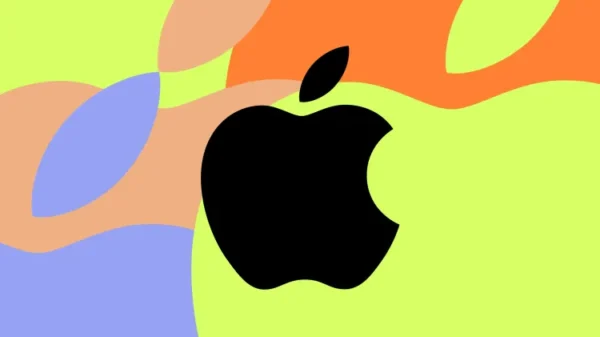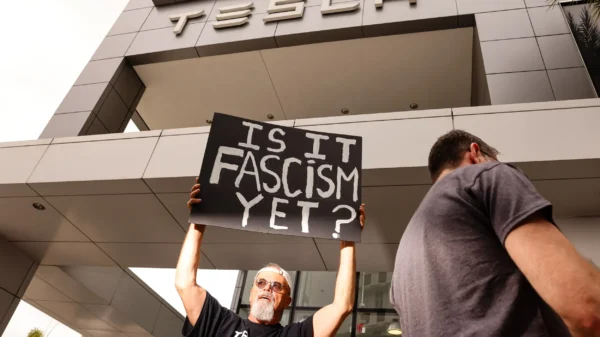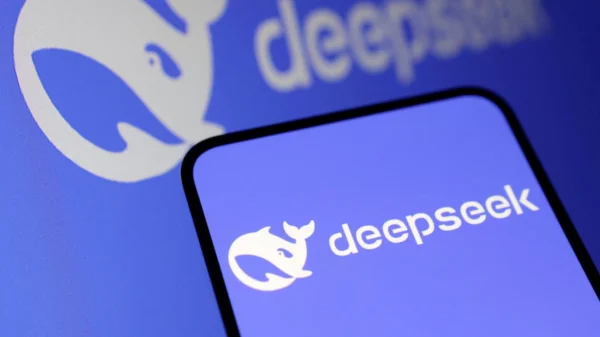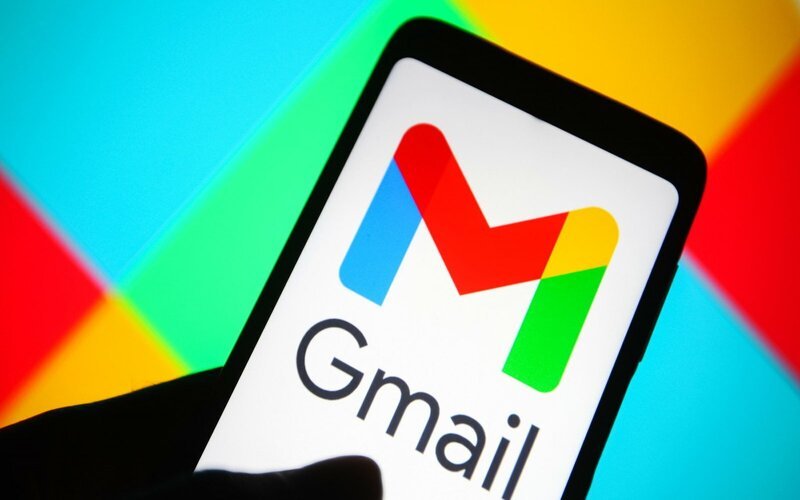How to Organize Your Gmail Inbox for Maximum Efficiency
Email has become an essential communication tool in today’s fast-paced digital world. However, managing a cluttered Gmail inbox can be overwhelming and hinder productivity. At [Our Company Name], we understand the importance of efficient email organization and aim to provide you with practical strategies to optimize your Gmail inbox. This comprehensive guide will share expert tips and techniques to help you organize your Gmail inbox effectively, saving you time, reducing stress, and improving your overall workflow.
- Prioritize Relevant Emails
The first step to organizing your Gmail inbox is prioritizing your emails based on their importance and relevance. By implementing the following techniques, you can streamline your email management process:
- Enable Important Markers to have Gmail automatically highlight emails that Google’s algorithms have deemed important. This allows you to identify crucial messages and address them promptly and quickly.
- Utilize Filters: Set up filters to automatically categorize incoming emails based on specific criteria such as sender, subject, or keywords. By creating filters, you can ensure that important emails are sorted into designated folders or marked with specific labels, making them easier to locate and manage.
- Leverage Priority Inbox: Enable Gmail’s Priority Inbox feature, which intelligently separates your inbox into three sections: important and unread, starred, and everything else. This feature ensures that you focus on essential emails while organizing non-urgent messages.
- Streamline Email Processing
To enhance your email processing speed and efficiency, consider implementing the following strategies:
- Use Keyboard Shortcuts: Familiarize yourself with Gmail’s keyboard shortcuts to perform common actions quickly. For example, pressing “R” allows you to reply to an email, while “F” enables you to forward it. These shortcuts can significantly expedite your email workflow.
- Take Advantage of Canned Responses: If you repeatedly compose similar emails, utilize Gmail’s Canned Responses feature. This functionality lets you save pre-written responses and quickly insert them into your messages, eliminating the need for repetitive typing.
- Explore Smart Reply and Smart Compose: Gmail’s Smart Reply suggests short, contextually appropriate responses to incoming emails, while Smart Compose offers predictive text suggestions as you compose your messages. Incorporating these features can help you compose emails more efficiently and save valuable time.
- Implement Effective Email Organization Techniques
To keep your Gmail inbox well-organized and clutter-free, consider employing the following techniques:
- Utilize Labels: Gmail’s labeling system allows you to categorize and tag emails for easy identification and retrieval. Create labels based on specific categories, projects, or clients, and apply them to relevant emails. This helps visually organize your inbox and lets you quickly locate messages using the label filters.
- Archive and Delete: Instead of leaving every email in your inbox, consider archiving or deleting no longer-needed messages. Archiving removes emails from your primary inbox but keeps them accessible through search or specific labels, reducing inbox clutter. Deleting unnecessary emails outright can further streamline your inbox.
- Implement Folder Structure: If you prefer a folder-based organizational approach, you can create folders within Gmail using the “Create new label” option. Group related emails together in specific folders to maintain a structured email system.
- Automate Email Management Tasks
To minimize manual effort and streamline your email management process, consider utilizing the following automation tools and features:
- Snooze Emails: Gmail’s snooze feature allows you to temporarily remove non-urgent emails from your inbox and have them resurface at a more convenient time. This helps you prioritize essential emails and prevents your inbox from becoming overwhelmed.
- Set up Filters: Create filters to automatically categorize incoming emails, apply labels, mark them as important, or archive based on specific criteria. Filters enable you to automate repetitive tasks and keep your inbox organized effortlessly.
- Explore Third-Party Extensions: Consider leveraging third-party Gmail extensions like Gmelius, which provide advanced email organization features. These extensions offer enhanced filtering options, email templates, and collaboration tools to optimize your email workflow further.
- Additional Tips for Gmail Inbox Organization
Here are some bonus tips to maximize your Gmail inbox organization:
- Disable Unused Tabs: If you find Gmail’s default tabs (Social, Promotions, and Updates) unnecessary, disable them in the settings to simplify your inbox view and avoid distractions.
- Mute Irrelevant Conversations: If you’re part of email threads that don’t require immediate attention, use Gmail’s mute feature to silence notifications and keep your inbox focused on critical conversations.
- Utilize Undo Send: Gmail’s “Undo Send” feature allows you to retract a sent email within a specific time window. This can be helpful if you spot an error or need to make last-minute changes before the message reaches the recipient.
By implementing these expert tips and techniques, you can take control of your Gmail inbox, improve your email management efficiency, and ultimately boost your productivity.
Remember, a well-organized inbox leads to better focus, reduced stress, and improved communication. Start implementing these strategies today and witness their positive impact on your email workflow.



































